Hibernation refers to a physiological state similar to sleep that some cold-blooded animals, mammals and a few birds enter by lowering their body temperature in cold seasons. Do you know which animals hibernate? The editor introduces the top ten animals with the longest hibernation time in the world, such as Arctic ground squirrels, dormice, jerboas, Alaskan wood frogs, Alpine marmots, fat-tailed lemurs and North American grizzly bears. Let's learn about these animals together!
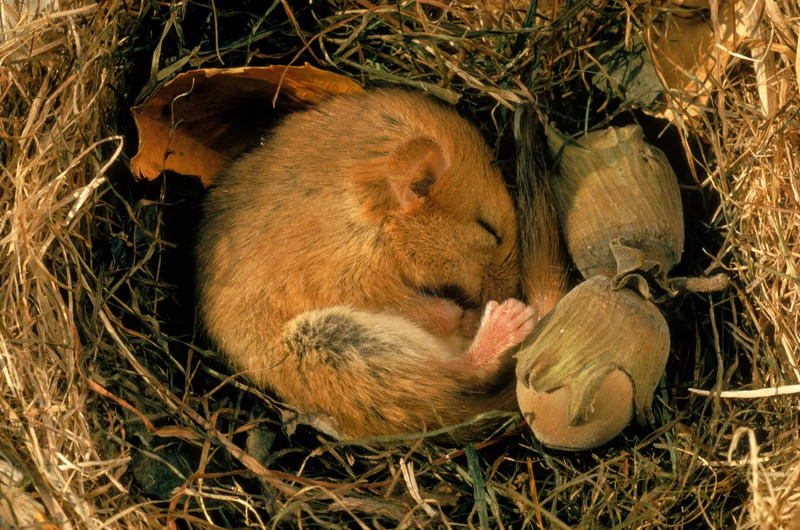
Dormouse curled up in a hazelnut nest to sleep
1. Arctic ground squirrel (9 months, the animal with the longest hibernation time in the wild)
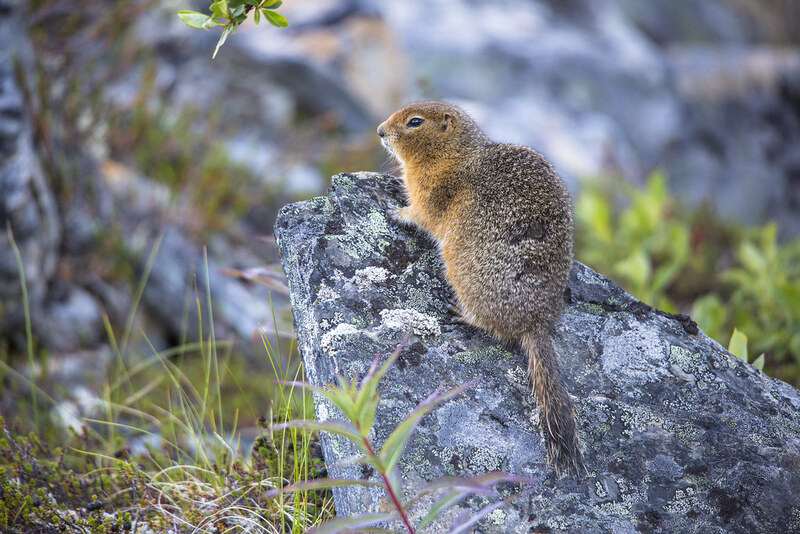
Which animals have the most extreme hibernation behavior? The answer is the Arctic ground squirrel. This squirrel is native to the Arctic tundra of North America, where the lowest temperature can reach minus 55 degrees Celsius. Starting in October every year, they enter a state of hibernation and dig nests near the ice layer close to the permafrost. During this period, the body temperature of the Arctic ground squirrel can drop below zero, remaining at -3°C, and the breathing rate drops to 1 breath per minute.
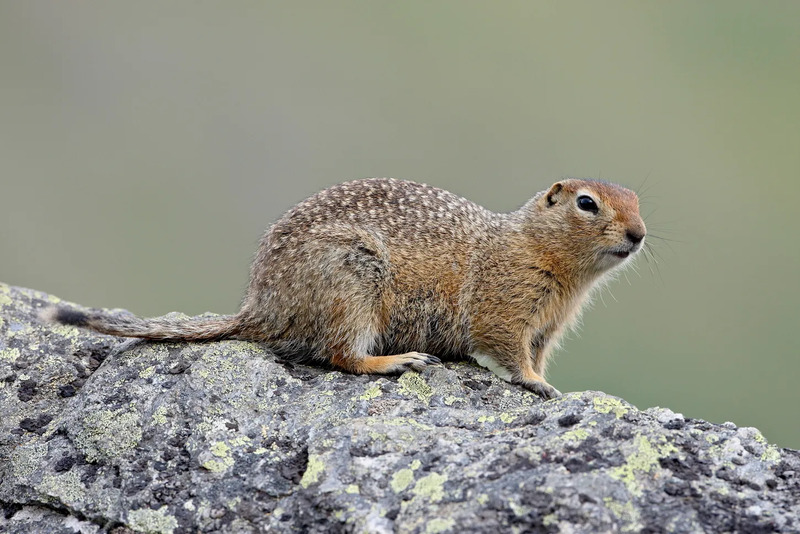
This is very rare among mammals. Such a low body temperature helps them save 10 times more energy than maintaining a body temperature above zero. The Arctic ground squirrel also holds the record for the longest hibernation time in the wild among rodents, up to nine months.
2. Dormouse (9 months, the mouse that likes to sleep the most)
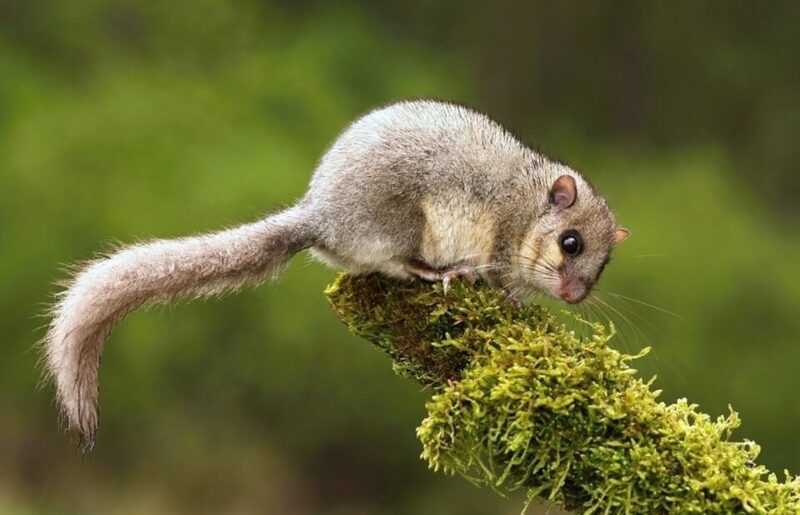
The dormouse is undoubtedly one of the animals that hibernates the longest. As its name suggests, this small animal is known for its thorough hibernation. Their life span is usually 5 years, but they spend about three-quarters of that time sleeping.
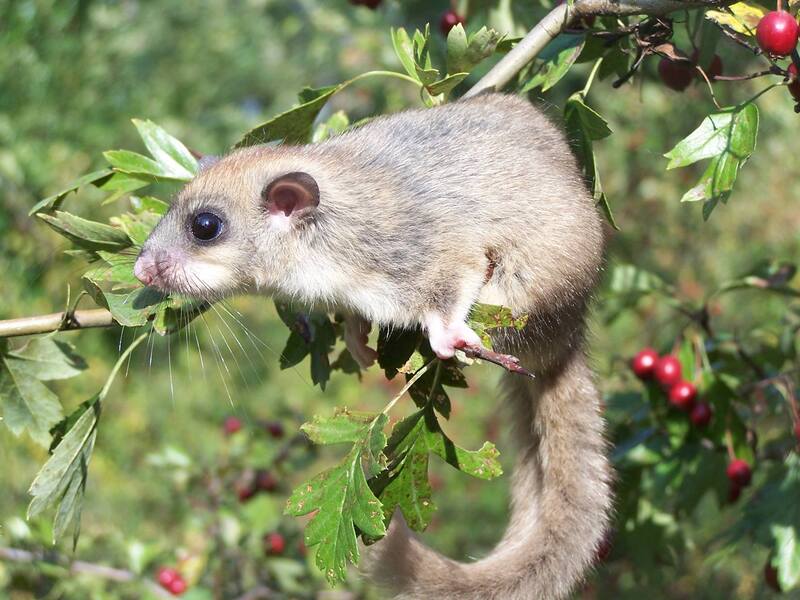
That is to say, for about 9 months a year, including spring, late autumn and winter, dormice are in hibernation. Unlike other rodents, dormice do not store food for the winter, but store fat by eating a lot to survive the winter. During hibernation, their body weight will be reduced by nearly half, while their body temperature will drop and their breathing will slow down. Even in the summer when they do not hibernate, they sleep all day and only start to move at night.
3. Jerboa (6 to 9 months, endangered species)
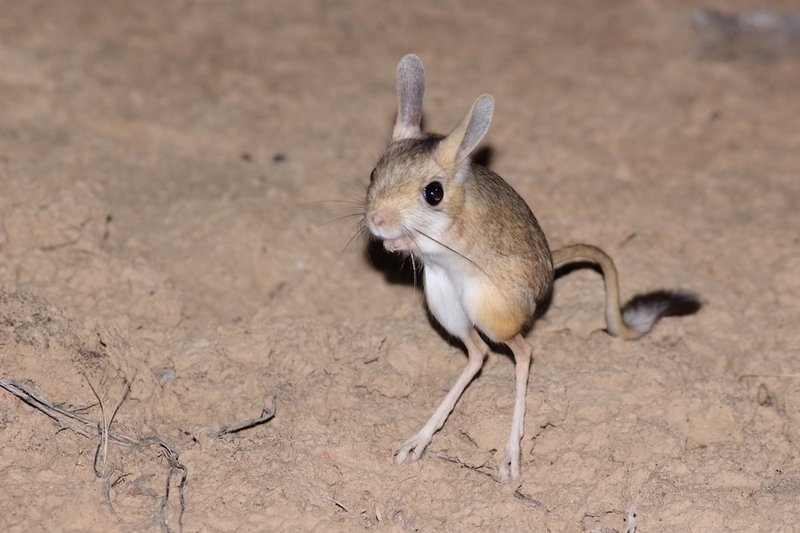
There are many rodents in the list of animals with the longest hibernation time, among which jerboa is a typical representative. Jerboa has the habit of hibernation, and will find a cave to build a nest, and then start hibernation. During hibernation, they rely on the fat stored in their tails to replenish their body's energy consumption. In the cold, dark and long winter, they need a safe and warm place to sleep.
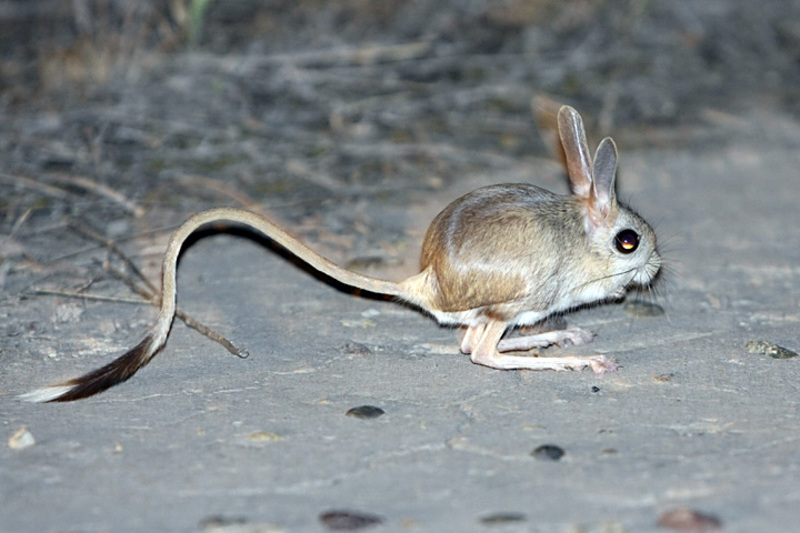
This is a strategy for them to overcome the harsh natural environment and survive. Jerboas hibernate for 6 to 9 months, but they wake up about every two weeks, probably to urinate. During hibernation, the body temperature of jerboas drops to near freezing.
4. Alaskan Wood Frog (8 months, the longest hibernation frog)
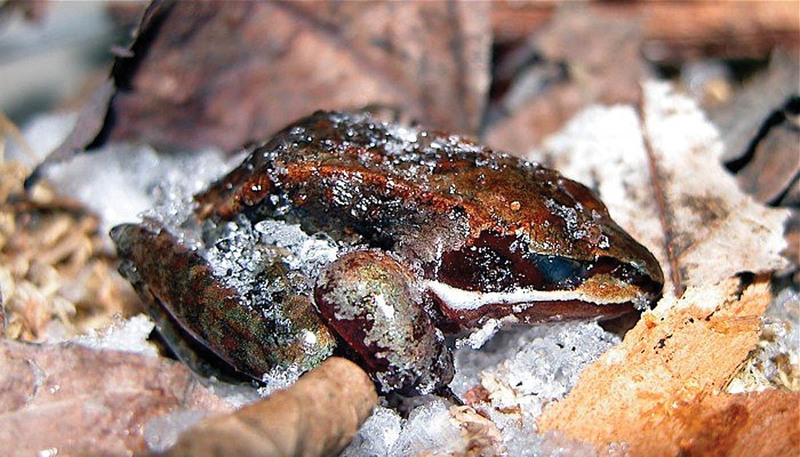
The Alaskan Wood Frog is one of the animals with the longest hibernation time. Amazingly, it can tolerate extremely cold environments. When the outside temperature drops, the skin of this frog begins to freeze and covers the whole body. At the same time, about 60% of the water in the body is also frozen.
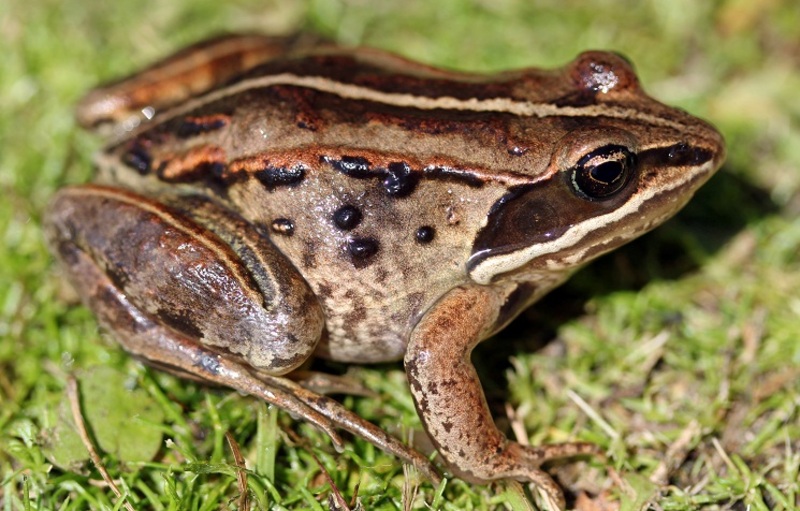
The frog is frozen like a fragile ice sculpture. Even at -18 degrees Celsius, it can survive up to 8 months without breathing or heartbeat. When the temperature rises, the ice inside and outside the frog gradually melts, and it regains vitality and starts moving again.
5. Alpine marmot (the longest hibernation mammal, up to 8 months)
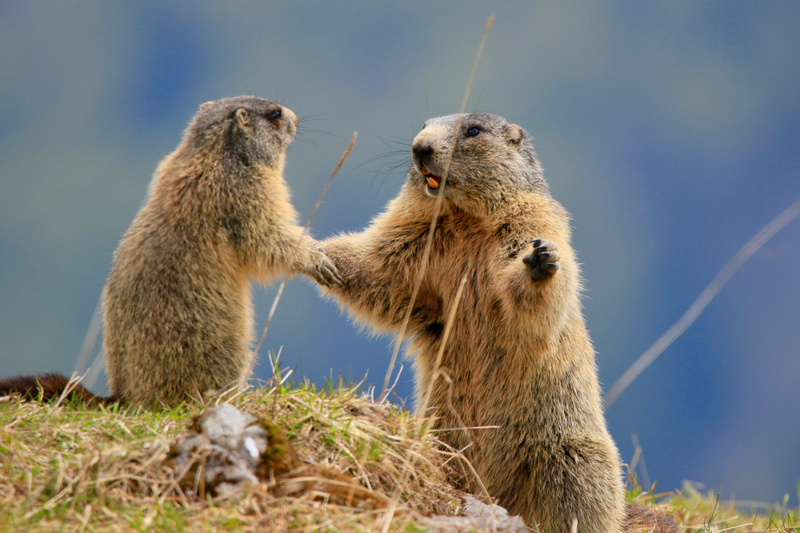
Generally speaking, marmots hibernate for 3 to 6 months and wake up naturally as the temperature rises. Alpine marmots, on the other hand, need a longer hibernation period. As soon as summer arrives, Alpine marmots begin to collect some old stems of plants in their caves to prepare for hibernation. They enter hibernation from September to October, which can last up to 8 months.
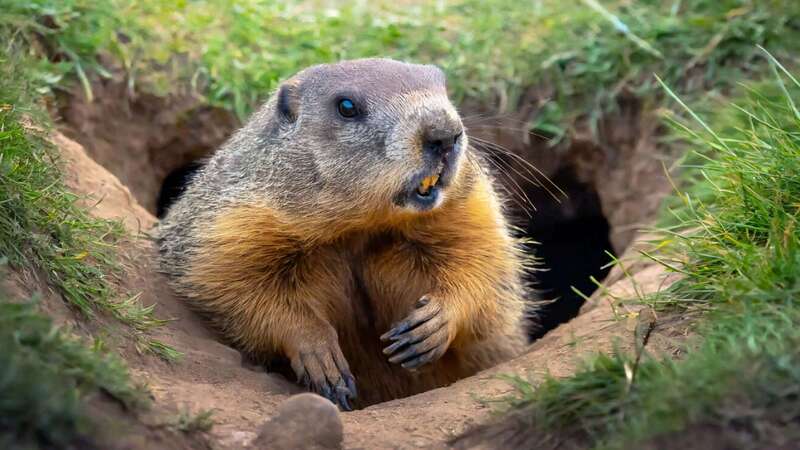
During hibernation, alpine marmots huddle together to spend the long winter with stored fat. During this period, their body temperature is almost the same as the outside temperature, their heart rate drops to 5 beats per minute, and their breathing rate decreases to 1 to 3 times per minute.
6. Fat-tailed dwarf lemur (7 months, the longest hibernation primate)
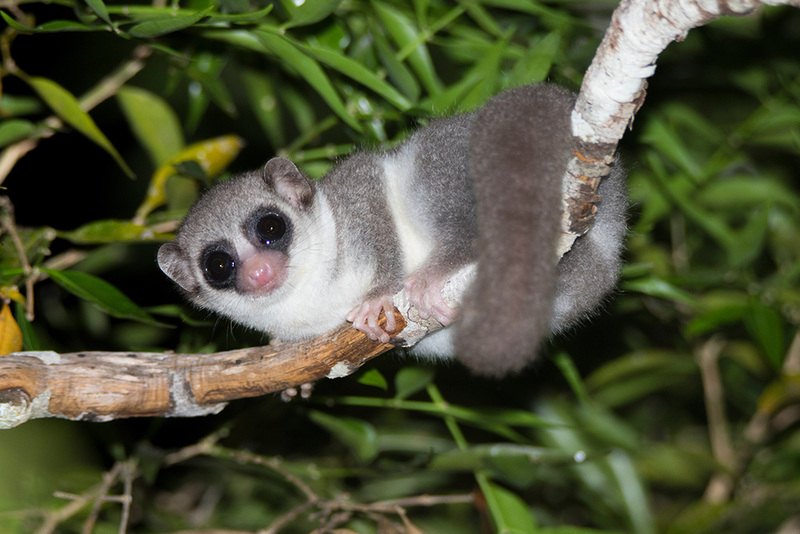
Among primates, the fat-tailed dwarf lemur has the longest hibernation period. As the only primate species that hibernates, although they live in tropical areas, they choose to hibernate in order to survive the dry season when food is scarce. In Madagascar, the temperature drops to the lowest in the year from June to July, and the dry season begins. The fat-tailed dwarf lemurs begin a 7-month hibernation period and do not wake up until January of the following year. During this dry season, they rely on the fat stored in their tails. After hibernation, their weight may drop to half of the original.
7. North American grizzly bear (7 months, the longest hibernation bear)
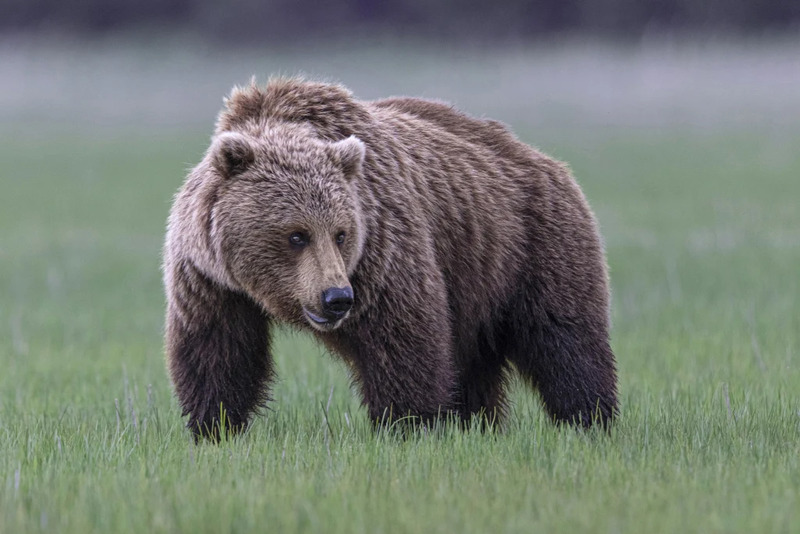
Bears living in cold northern regions hibernate, while black bears living in subtropical and tropical regions usually do not hibernate. Bears hibernate for 4 to 5 months. During hibernation, if disturbed, they will wake up immediately and occasionally come out of the cave.
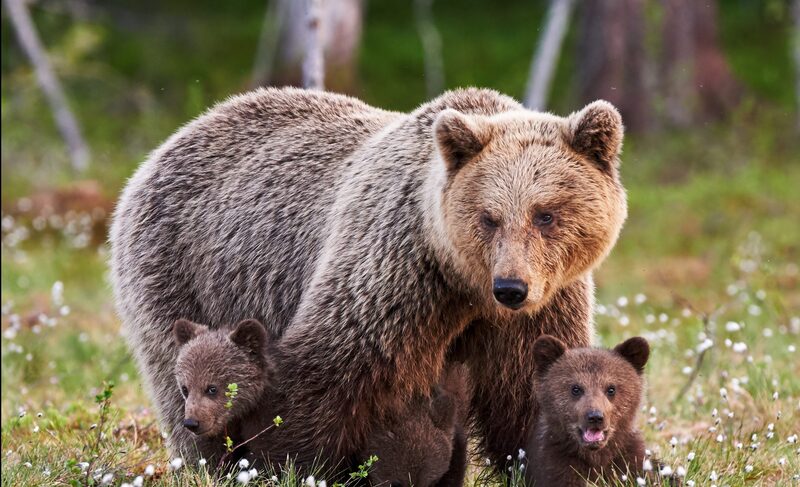
It is worth noting that North American grizzly bears hibernate the longest, up to 7 months, and can give birth during hibernation, with an average of two cubs per litter. The grizzly bear is one of the most dangerous animals in North America. Due to overhunting, its number is now very rare.
8. Nighthawk (5 months, the longest hibernation bird)
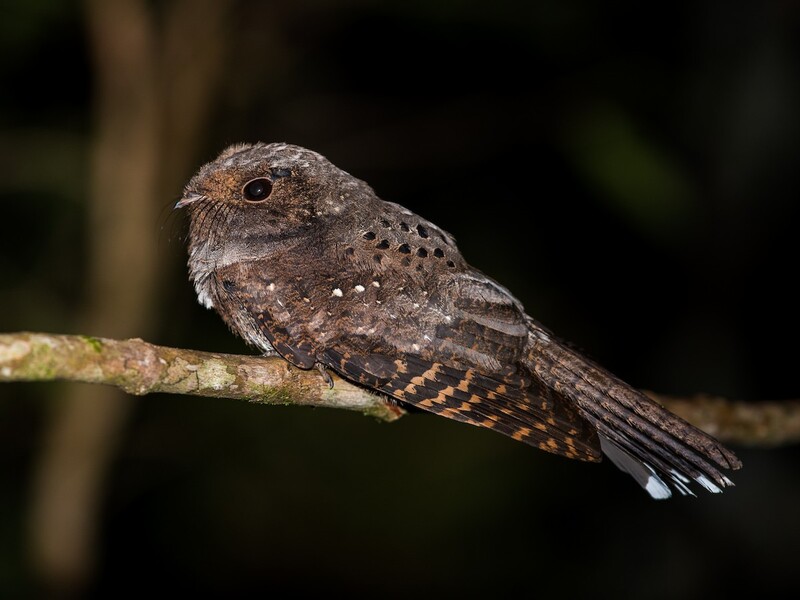
I always thought that birds do not hibernate, but in fact, the nighthawk is the only known bird that truly hibernates. Although short-term "hibernation" is not uncommon among birds, complete hibernation like the nighthawk is very rare. When winter comes, they will hide in rock crevices or rotten wood caves and hibernate for up to 5 months.
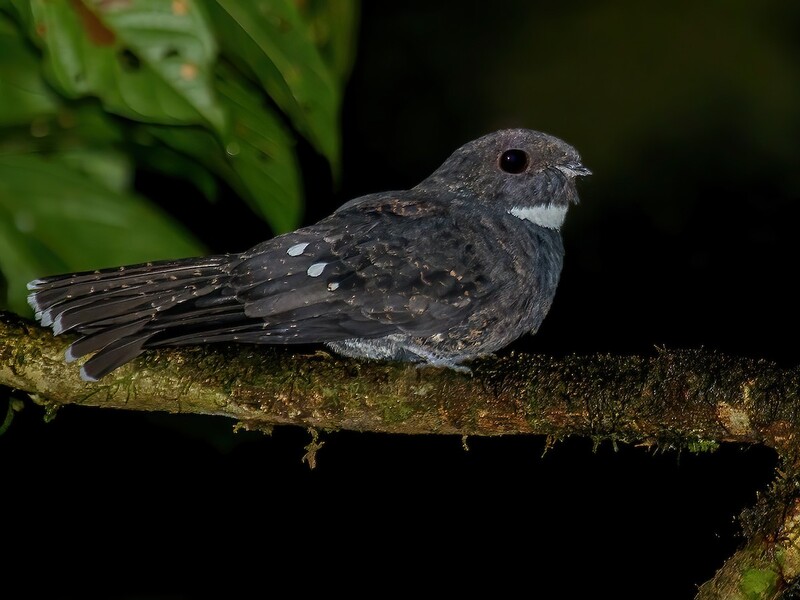
During this period, their energy consumption is only 7% of the normal state, and they hibernate deeply for up to 100 days. After hibernation, it takes about 7 hours for them to regain normal mobility.
9. Big Brown Bat (344 days, the highest record in artificial breeding)
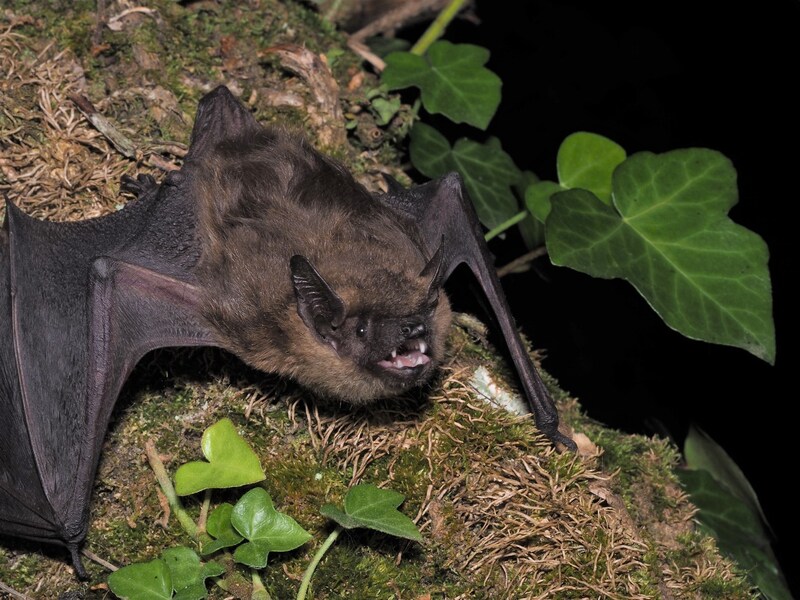
Big Brown Bat, also known as Little Night Bat or Free Brown Bat, is widely distributed in Eurasia and North Africa. They usually live in various hidden places such as roofs, wide buildings, wall panels and wooden water towers. Early June every year is their season for giving birth, with 1 to 2 pups each time. Among artificially bred animals, the American Big Brown Bat has the longest hibernation record.
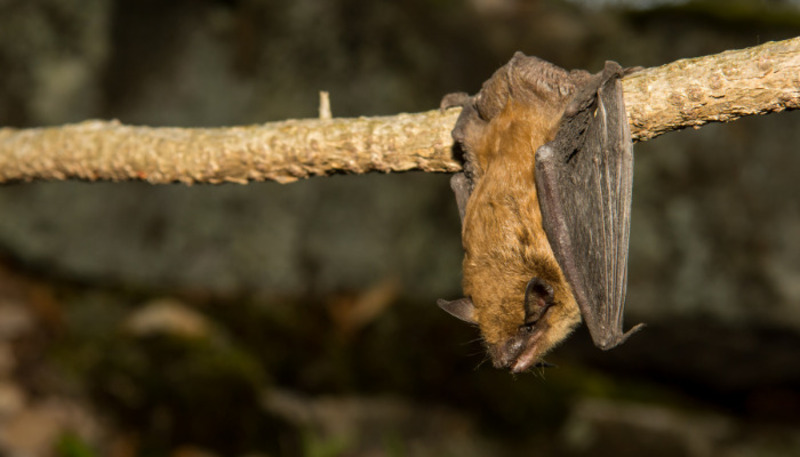
In the wild, their hibernation time is usually 64 to 66 days, but in a caged environment, they can hibernate for up to 344 days, and they are in a sleeping state almost throughout the year.
10. Four-clawed tortoise (not only hibernates in winter but also in summer)
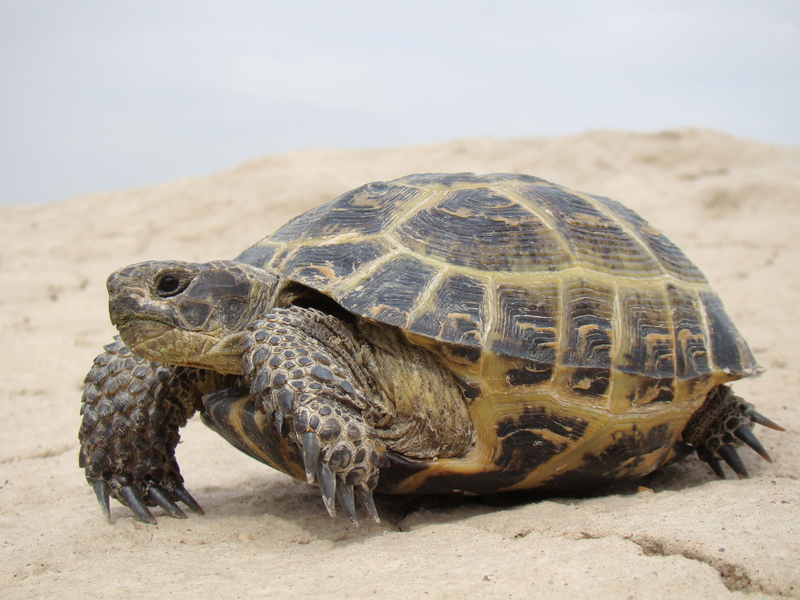
The four-clawed tortoise, also known as the grassland tortoise, is one of the first-class protected animals in China. As one of the oldest reptiles in existence, it is also one of only three species of tortoises in the world. The four-clawed tortoise is usually most active from March to May each year, but after June and July, their activities will gradually decrease, and they will only eat intensively before dusk to prepare for hibernation.
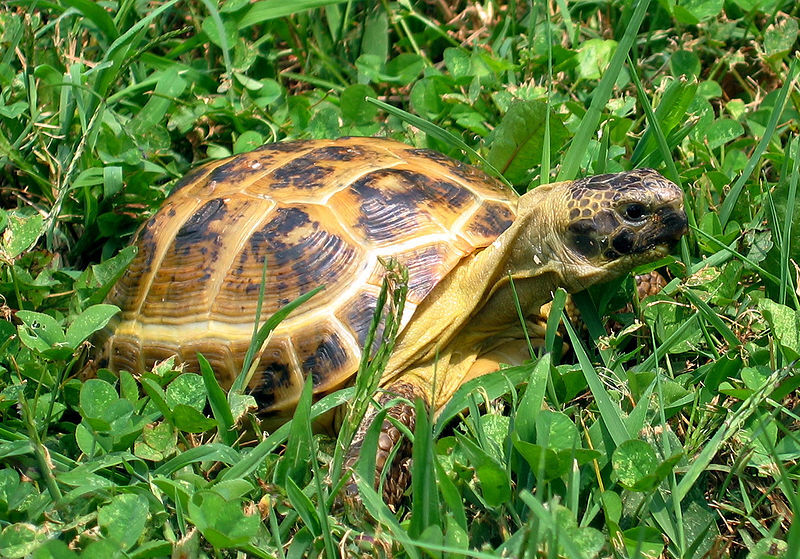
They enter hibernation around September, which lasts for 3 to 5 months, and they will also hibernate for 1 to 2 months. In fact, the four-clawed tortoise is active for less than 100 to 110 days a year.
Other common hibernating animals: prairie dogs (about 6 months), bats (about 6 months), alligators (May-June), garter snakes (5-6 months), groundhogs (3-6 months), lizards (about 5 months), hedgehogs (April-May), polar bears (April-May), chipmunks (about 4 months), skunks (about 4 months), ants (3-4 months), ladybugs (3-4 months), salamanders (3-4 months), etc...
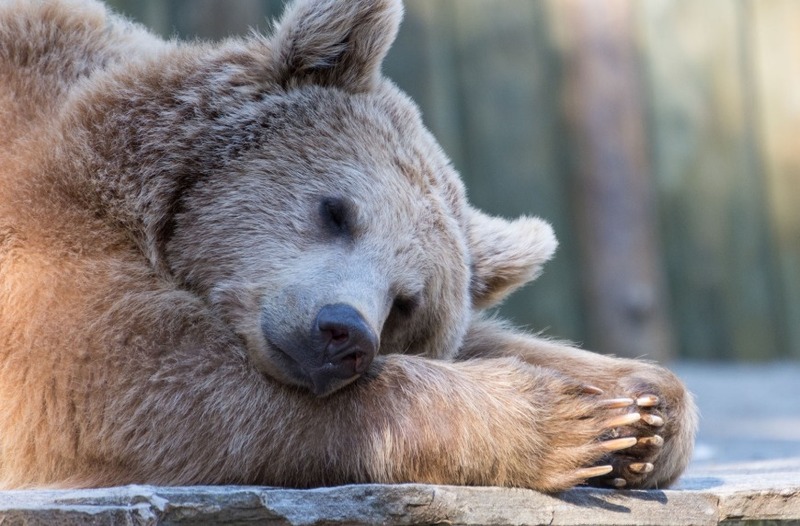
The world's top ten longest hibernating animals are mainly recommended based on the hibernation time of animals/different animal records and comprehensive reference to relevant Internet rankings/lists. If you have any questions, please comment/criticize at the end.
animal tags: hibernation
We created this article in conjunction with AI technology, then made sure it was fact-checked and edited by a Animals Top editor.